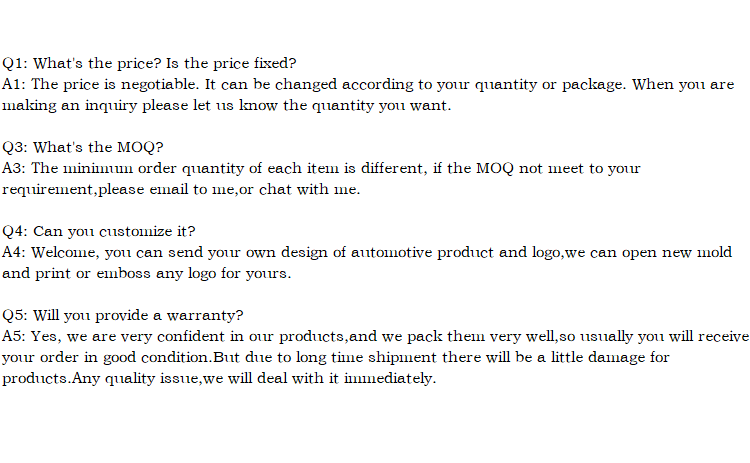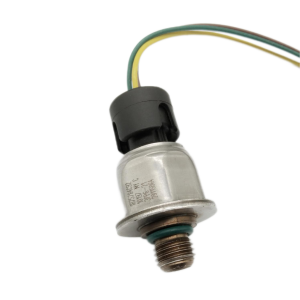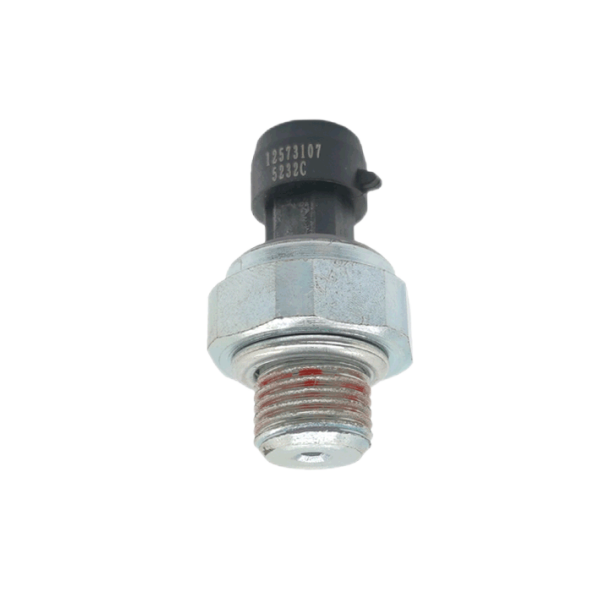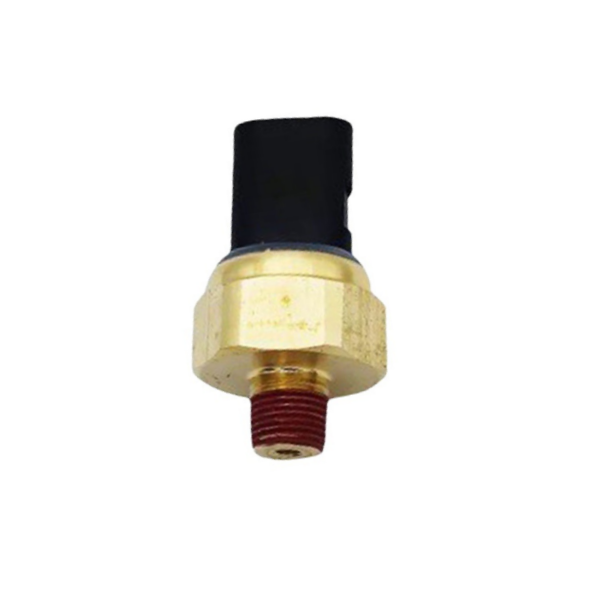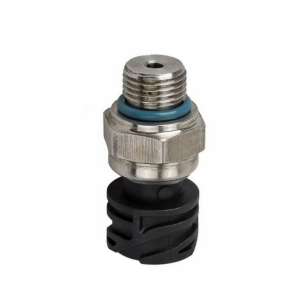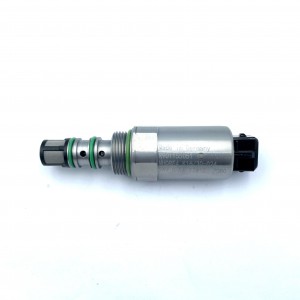Automobile engine fuel common rail pressure switch sensor 1875784C92
Product introduction
1.principle of operation
The working principle of metal resistance strain gauge is the phenomenon that the strain resistance adsorbed on the base material changes with mechanical deformation, commonly known as resistance strain effect. The resistance value of the metal conductor can be expressed by the following formula:
R=ρ
Where: ρ-resistivity of metal conductor (ω/m)
S—— Cross-sectional area of conductor ()
L-length of conductor (m)
Let's take the strain resistance of metal wire as an example. When the metal wire is subjected to external force, its length and cross-sectional area will change. From the above formula, it can be easily seen that its resistance value will change. If the metal wire is stretched by external force, its length will increase and its cross-sectional area will decrease, and its resistance value will increase. When the wire is compressed by external force, the length decreases and the cross section increases, and the resistance value decreases. As long as the change of the resistance is measured (usually the voltage across the resistance is measured), the strain situation of the strain wire can be obtained.
2.Principle application
The corrosion-resistant ceramic pressure sensor has no liquid transmission, and the pressure directly acts on the front surface of the ceramic diaphragm, causing the diaphragm to be slightly deformed. Thick film resistors are printed on the back surface of the ceramic diaphragm and connected to form a Wheatstone bridge (closed bridge). Due to the piezoresistive effect of the piezoresistor, the bridge generates a highly linear voltage signal proportional to the pressure and also proportional to the excitation voltage. The standard signal is calibrated as 2.0/3.0/3.3 mV/V according to the different pressure ranges. Through laser calibration, the sensor has high temperature stability and time stability. The sensor has its own temperature compensation of 0 ~ 70℃ and can be in direct contact with most media.
Ceramic is a recognized material with high elasticity, corrosion resistance, wear resistance, impact resistance and vibration resistance. The thermal stability of ceramics and its thick film resistance can make its working temperature range as high as-40 ~ 135℃, and it has high accuracy and stability in measurement. Electrical insulation degree > 2kV, strong output signal and good long-term stability. Ceramic sensors with high characteristics and low price will be the development direction of pressure sensors. In Europe and America, there is a trend to completely replace other types of sensors. In China, more and more users use ceramic sensors to replace diffused silicon pressure sensors.
Product picture


Company details







Company advantage
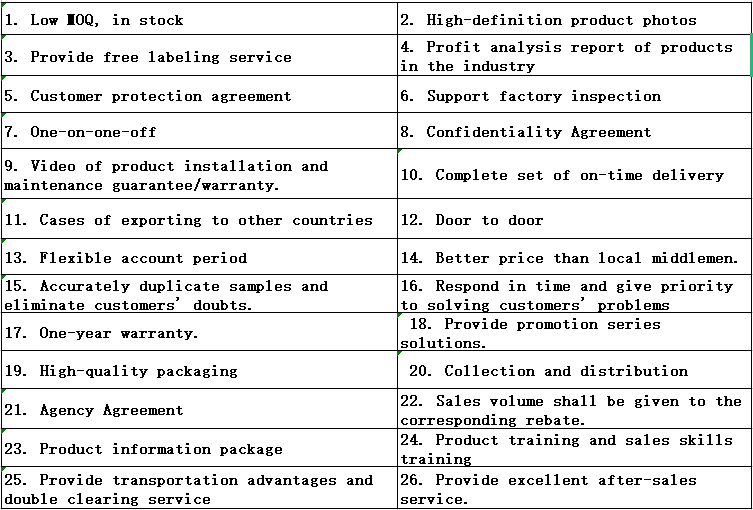
Transportation

FAQ
